Subscribe now and get the latest podcast releases delivered straight to your inbox.
How to turn LinkedIn into your discovery and distribution channel
- Learn the platform
- Build the habit
- Teach, don't pitch
- Explore a variety of media
- Join conversations
- Remember, people first, business second
- Be guided by your data
Not that long ago, LinkedIn was a buttoned-up social media punching bag.
It was the butt of jokes and the object of derision — and guys like me didn't even bother to download the app.
Nothing cool happened on LinkedIn, I believed. It was a place for job hunting and not much else.
But times change.
Today, LinkedIn is a platform full of opportunity for professionals and businesses alike. It's got a culture all its own — and staggering engagement growth to go with it.
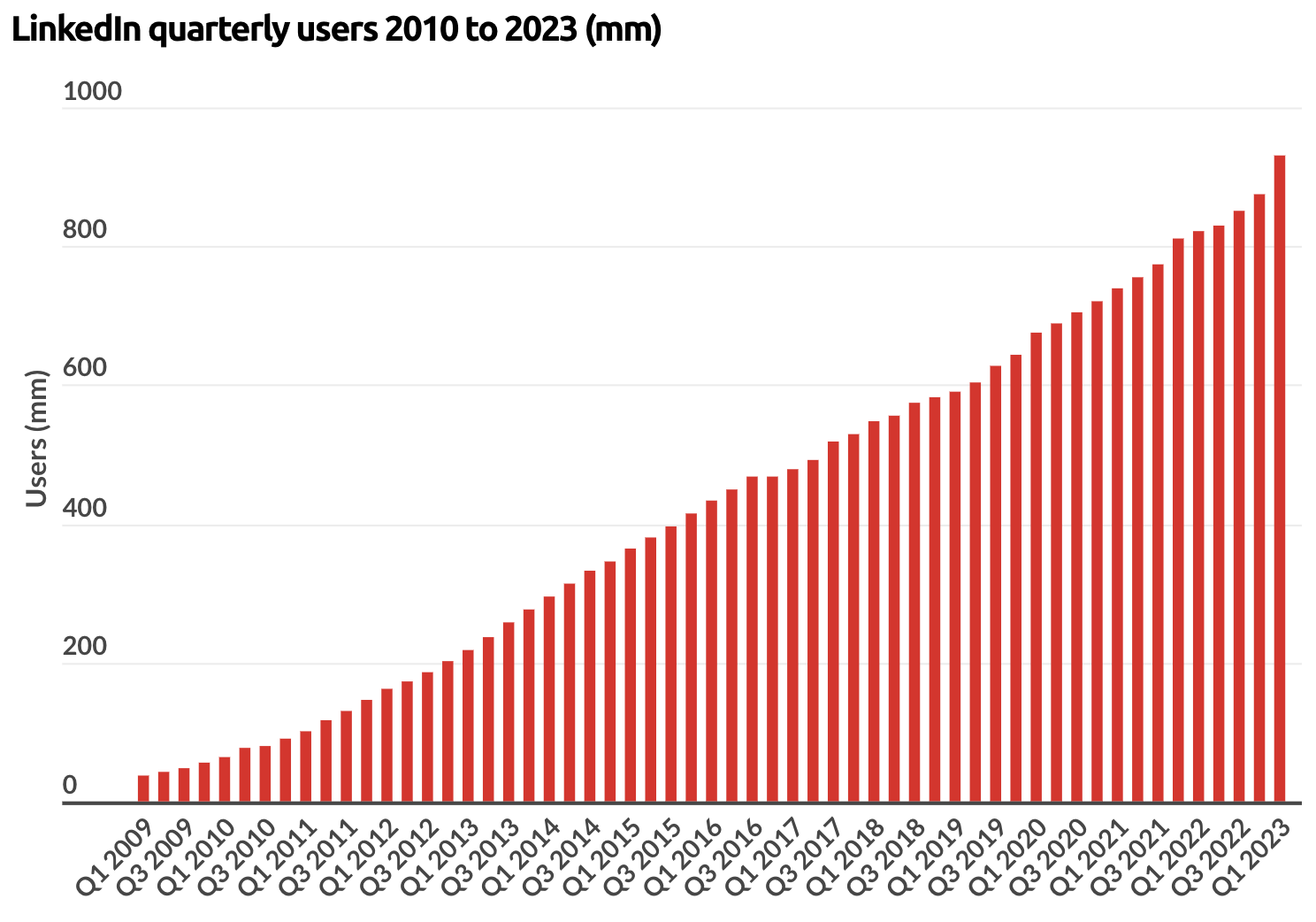 (courtesy of Business of Apps)
(courtesy of Business of Apps)
So what happened? And what does this all mean for your social media strategy?
Let's dig in.
LinkedIn: A brief history
Like many social media platforms, LinkedIn had inauspicious beginnings, getting started in Reid Hoffman's living room in 2002. Hoffman had been COO of PayPal (among other Silicon Valley gigs), and the founder of a few failed social networks.
LinkedIn launched the next year and developed slowly, attracting modest interest from users and investors.
But growth picked up, and LinkedIn had an IPO in 2011 and was acquired by Microsoft in 2016 for $26.2 billion.
In 2021, LinkedIn surpassed $10 billion in annual revenue for the first time.
In 2022, it was close to $14 billion.
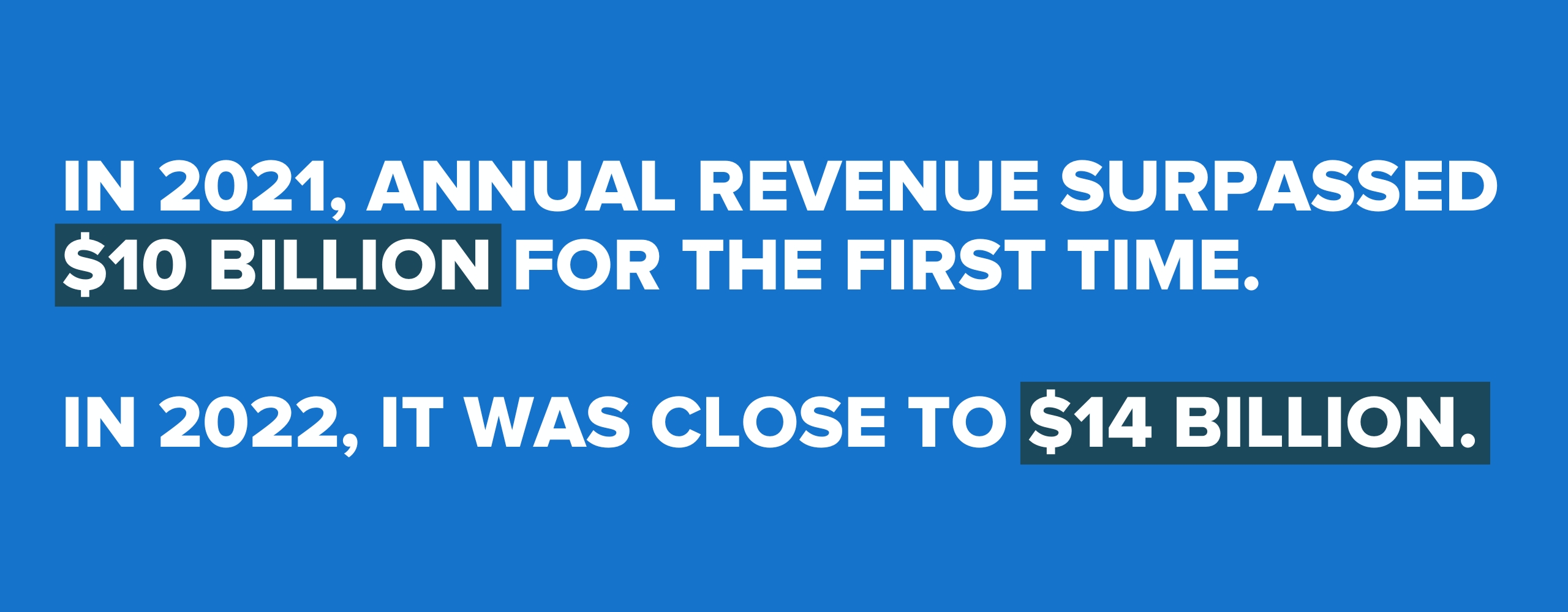
After all, more users means more eyeballs, which means more ad revenue.
LinkedIn becomes human
Every social network has its acolytes. You've got mom groups on Facebook, dance crazes on TikTok, Instagram influencers, and people who live for Twitter battles and obscure subreddits.
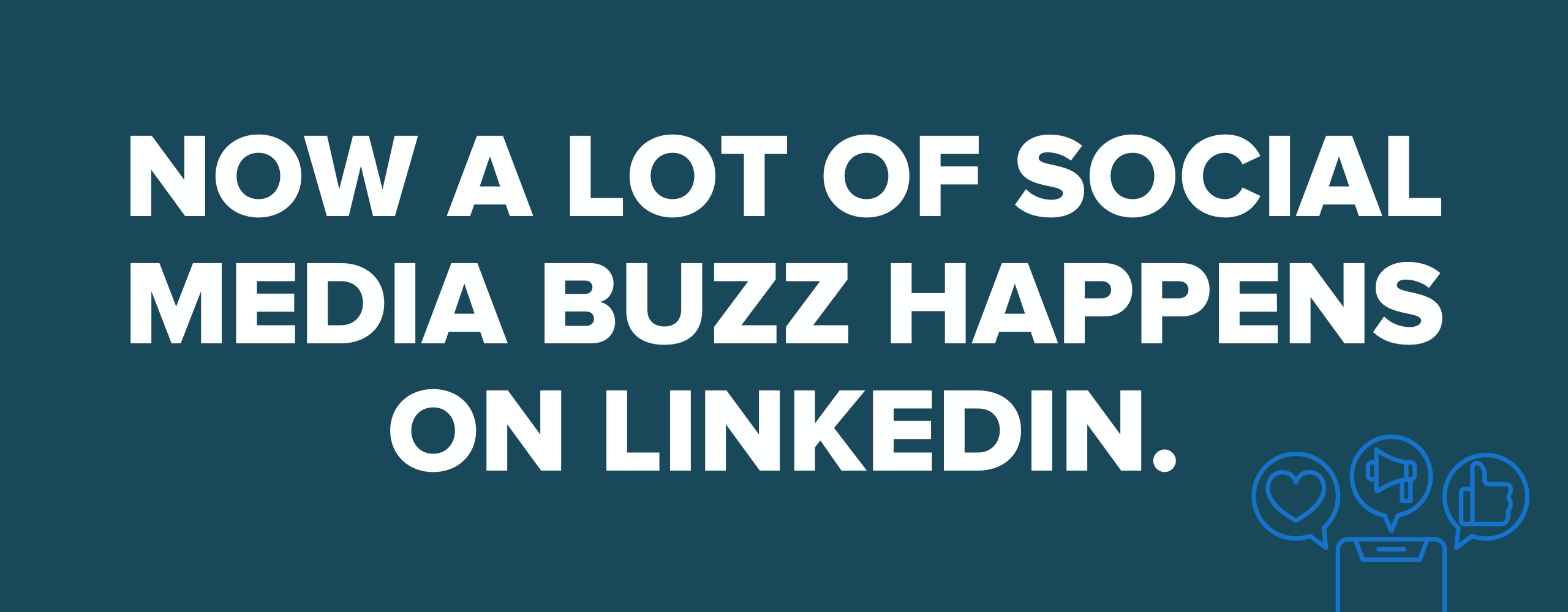
For a long time, LinkedIn wasn't a place where people actually hung out. But that's changed.
Now a lot of that same kind of social media buzz happens on LinkedIn. Influencers, viral posts, communities and more.
Microsoft has endeavored to make LinkedIn a human place. One where people share their struggles along with their successes. A place where people map their career paths and connect with mentors and guides.
As a symbol of this effort, check out LinkedIn's recent ad:
And if your audience is there, you should be too.
How to turn LinkedIn into your discovery and distribution channel
If you're B2B and keen on making LinkedIn the platform where you distribute content and get discovered by your audience, here's what to do.
1. Learn the platform
This should go without saying, but I'm not going to take that chance. If you want to reap the benefits of the LinkedIn platform, you need to start by learning all about that platform.
The good news is that LinkedIn, in my opinion, is way less jargony and insular than other social media sites. It's positive, supportive, and welcoming.
Still, spend time learning before you fully dive in.
2. Build the habit
Social media success is one half inspiration and one half perspriation. In other words, you've got to have something to say — and you also need the wherewithal to commit to posting regularly. There are times when this will be easy, and there will be times when it will be hard, but you'll need to build a schedule and stick to it.
At the same time, you shouldn't post just to post. Obvious, run-of-the-mill content will not get you very far. So find the balance between holding yourself accountable while not blasting out sub-par insights.
For a nuts-and-bolts primer on how to create and ship great content, we recommend Ship 30 for 30, an online writing seminar created by Dickie Bush and Nicholas Cole.
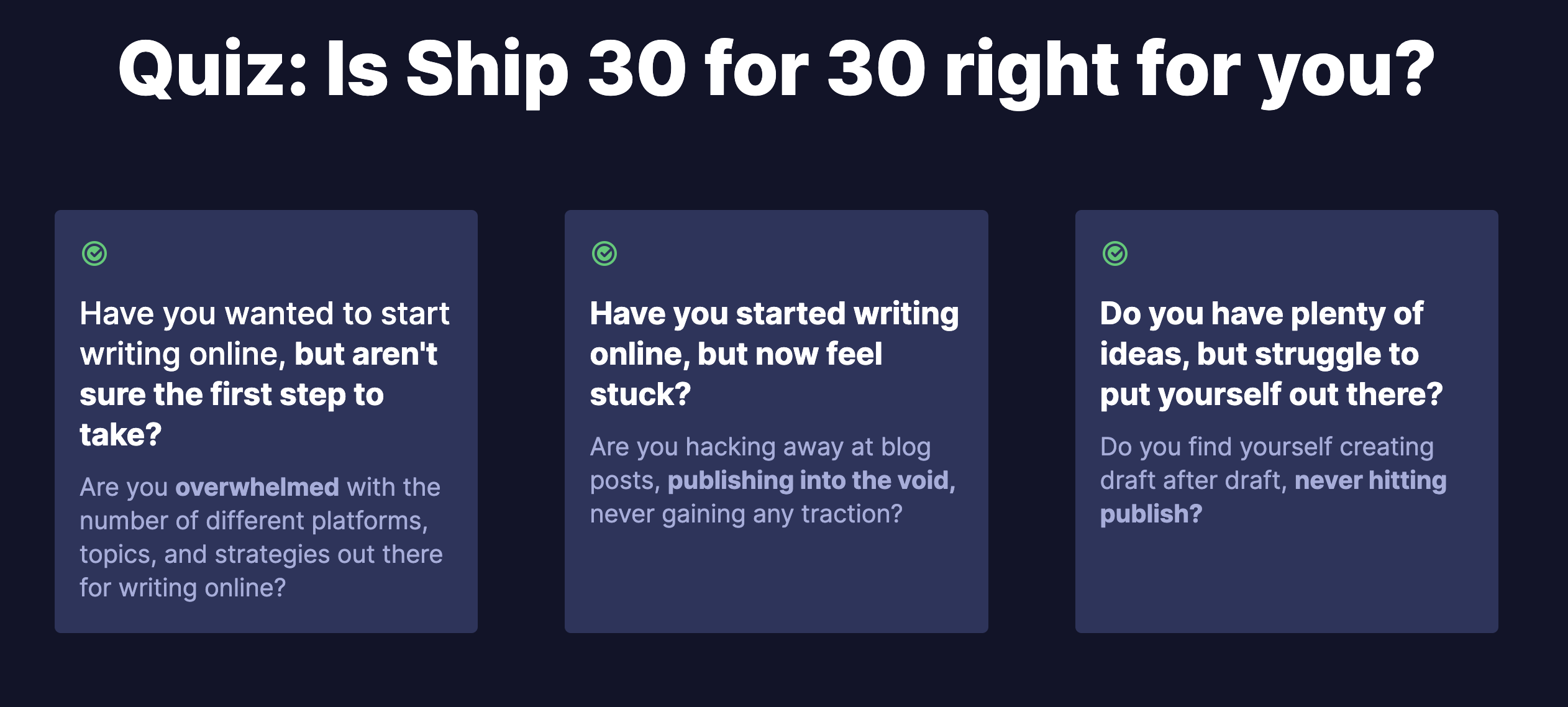
3. Teach, don't pitch
People come to LinkedIn to learn and network. They're already seeing targeted ads — they don't need to see a sales pitch from you as well.
Instead of pitching, offer value. Teach. Inspire. Encourage. Share stories of the work you do every day, the mistakes you;ve made in the past, the changes you're anticipating
4. Explore a variety of media
There are a bunch of ways to share your voice on LinkedIn. There's the traditional text-based post, but that's just the beginning.
You can also consider:
- Swipe posts
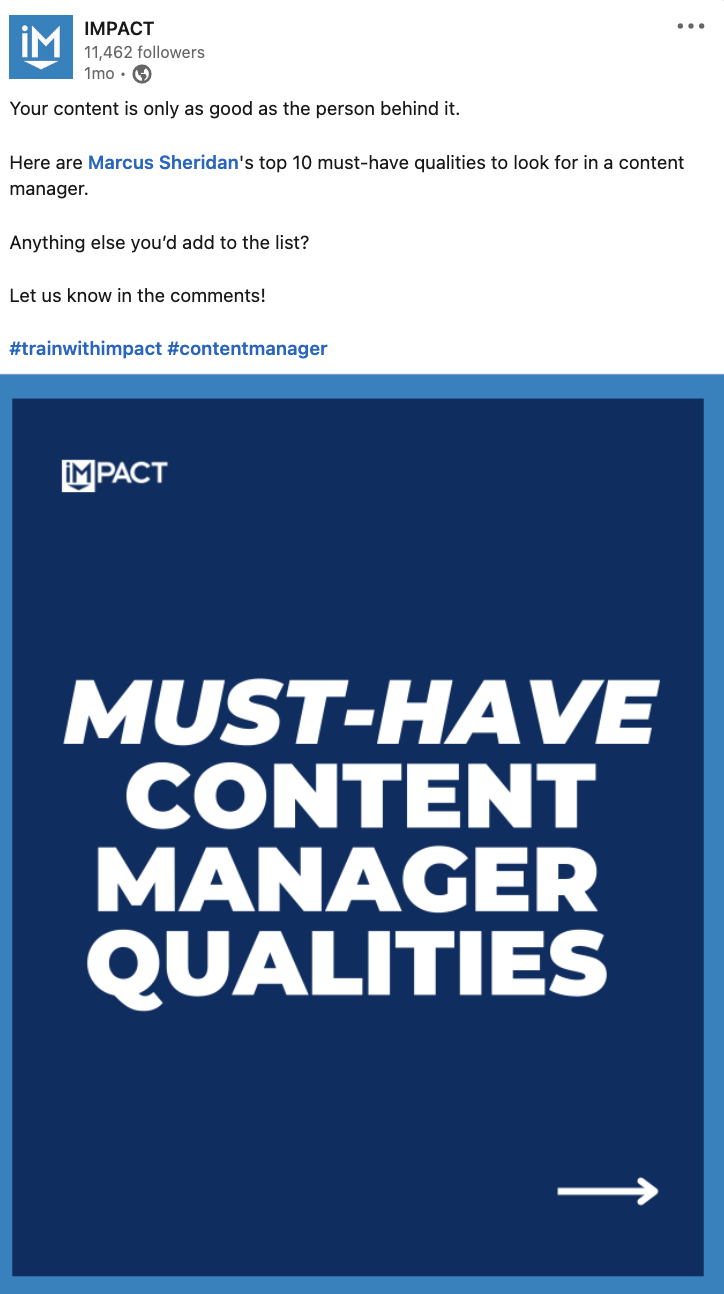
- Newsletters
- Short-form video content
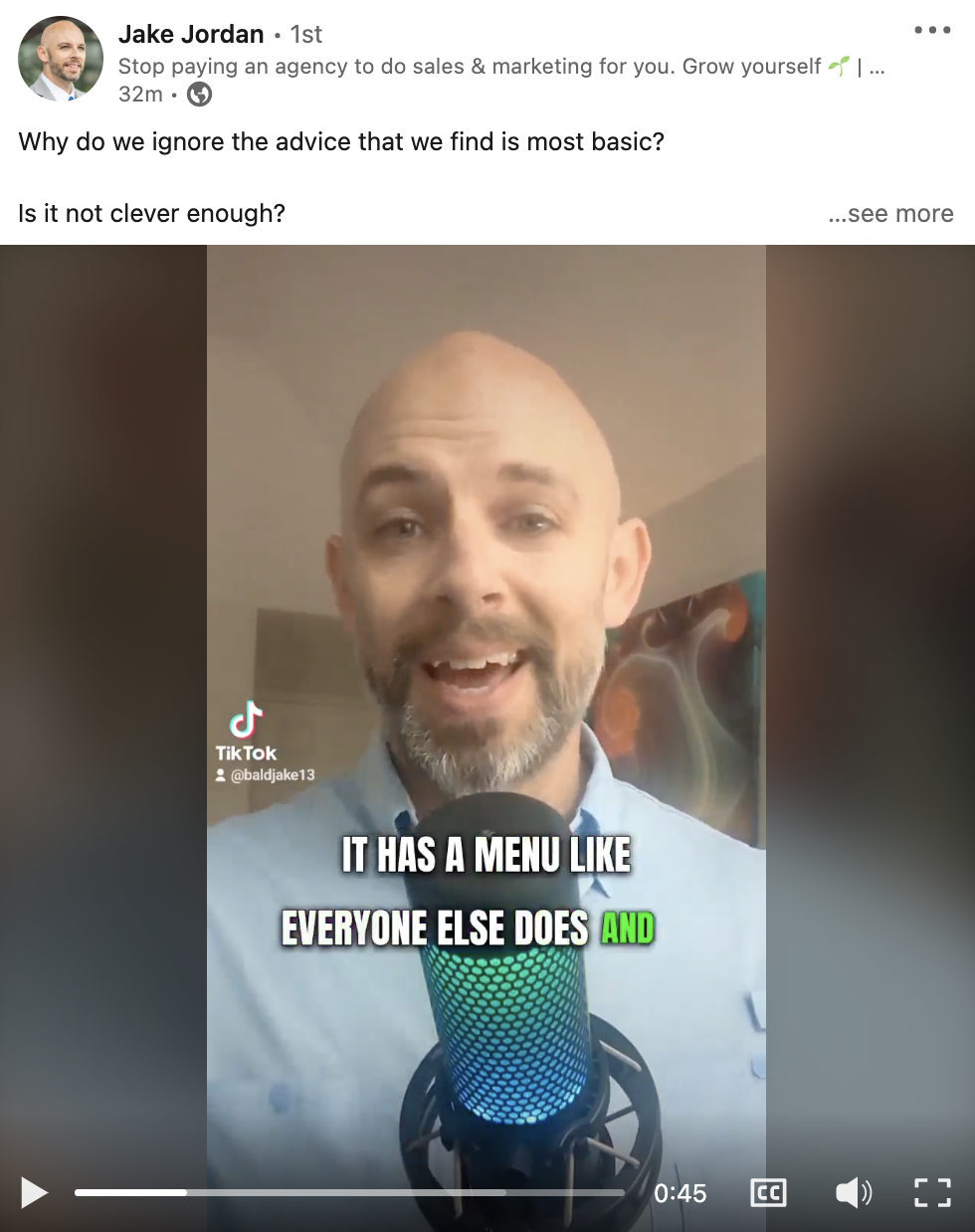
- Articles
- Polls
and more. Broaden your message so you reach a wider audience with diverse content preferences.
5. Join conversations
On that same note, don't just focus on posting. A better way to think about it is being a part of conversations. Many of those conversations you'll start with a post. But you can't just post and forget about it. People will comment on your post — and you need to be a part of this conversation for as long as it goes on.
Here's Marcus Sheridan replying to a follow-up question on one of his posts. Note, there were dozens of responses to Marcus's original post, and Marcus replied to every one.
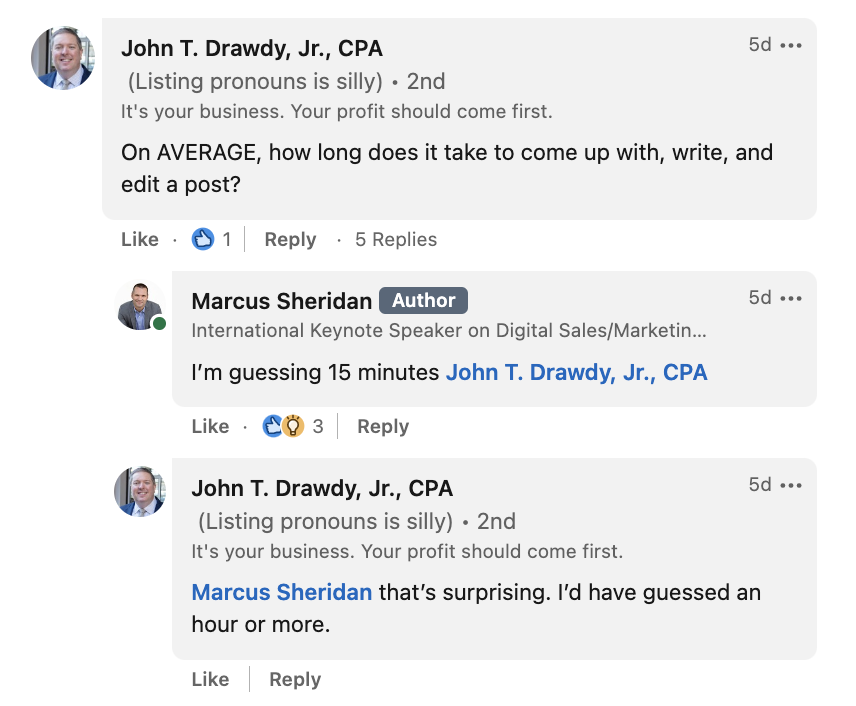
At other times, join conversations that you didn't start. Don't just like a post. Comment on it in a way that shares your viewpoint and enriches the conversation. Show that you're active and supportive of others in your space.
6. Remember: People first, business second
Google is the most followed business on LinkedIn, with 29 million followers. Bill Gates is the most followed person on LinkedIn, with 35 million followers.
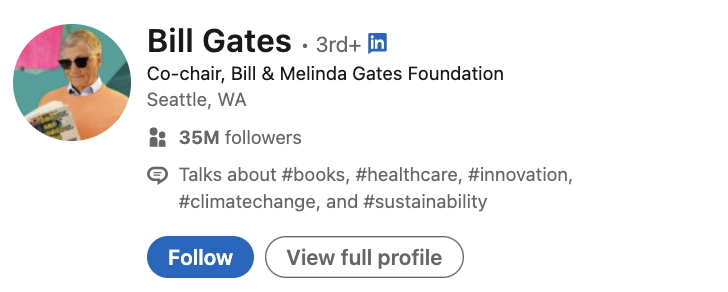
Although LinkedIn is professional in nature, it is still a social media platform for connecting people — and users are more inclined to connect with other humans than they are with brands.
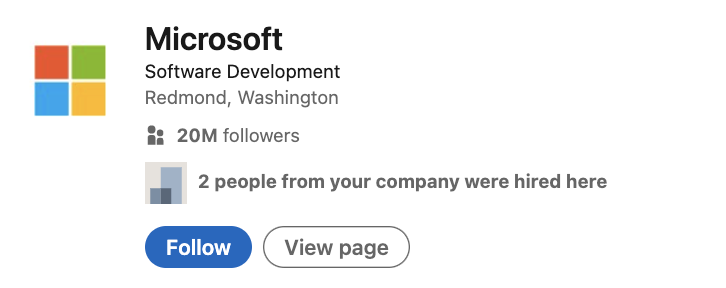
Don't get me wrong, brands are huge on the platform. But they still come in second.
As you plan your LinkedIn strategy, keep this in mind. The same message delivered from a person is more likely to land than if it's delivered from a corporate account.
As you experiment and test, encourage employees to engage on the platform. Then, see which types of posts do better from your company account compared to personal accounts.
7. Be guided by your data
LinkedIn has decent native analytics tools that track impressions and engagement, but to really see what's working and what's not, we use Shield, which is a LinkedIn-specific analytics tool.
Shield allows you to link multiple LinkedIn accounts so you can see granular data about how each post performs.
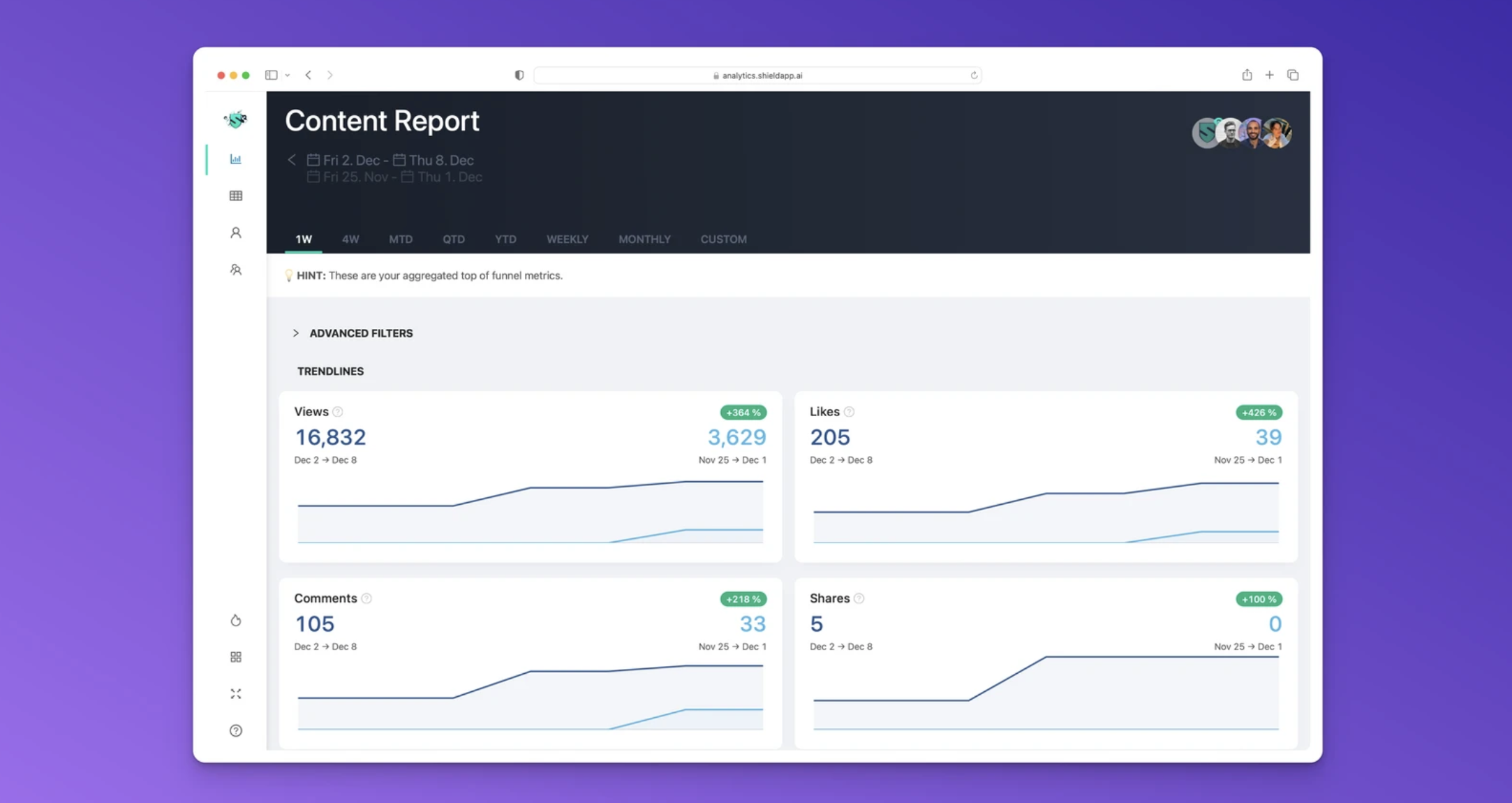
Shield starts at $8 per month, with a business plan for $20 per month.
Another tool we use is Sprout Social, which helps with post scheduling, social listening, paid promoting tools, and more. But this is more robust, more expensive, and best suited if you're managing accounts across multiple platforms.
(Sprout Social starts at $249 per month, with higher tier packages costing twice that — all for a single user.)
Meet your audience where they are
As we say at IMPACT all the time, the way people buy has changed. This applies to B2B buyers, too.
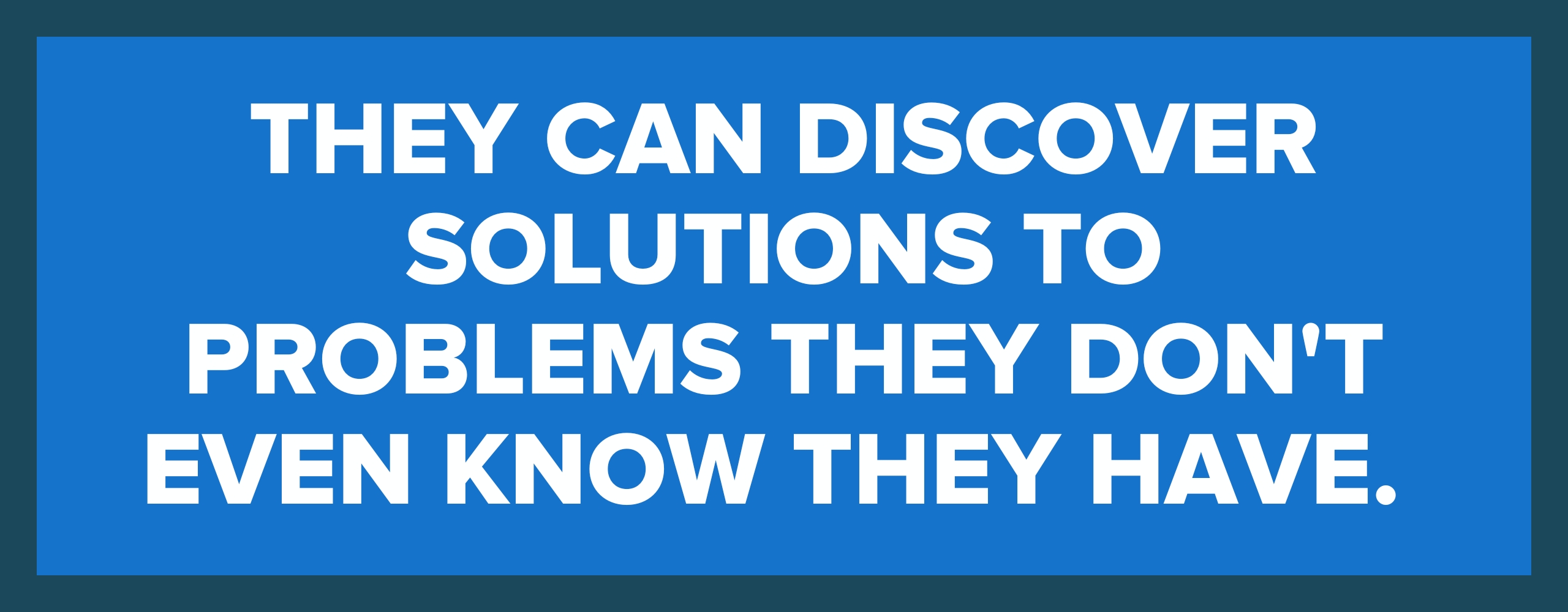
Sure, many continue to use Google to research products and services, but they only do that once they're problem-aware.
On LinkedIn, they can discover solutions to problems they don't even know they have.
If you're part of those conversations, if you're using LinkedIn as a distribution channel, you'll be top of mind for would-be buyers who don't even know you exist yet.


Order Your Copy of Marcus Sheridan's New Book — Endless Customers!

